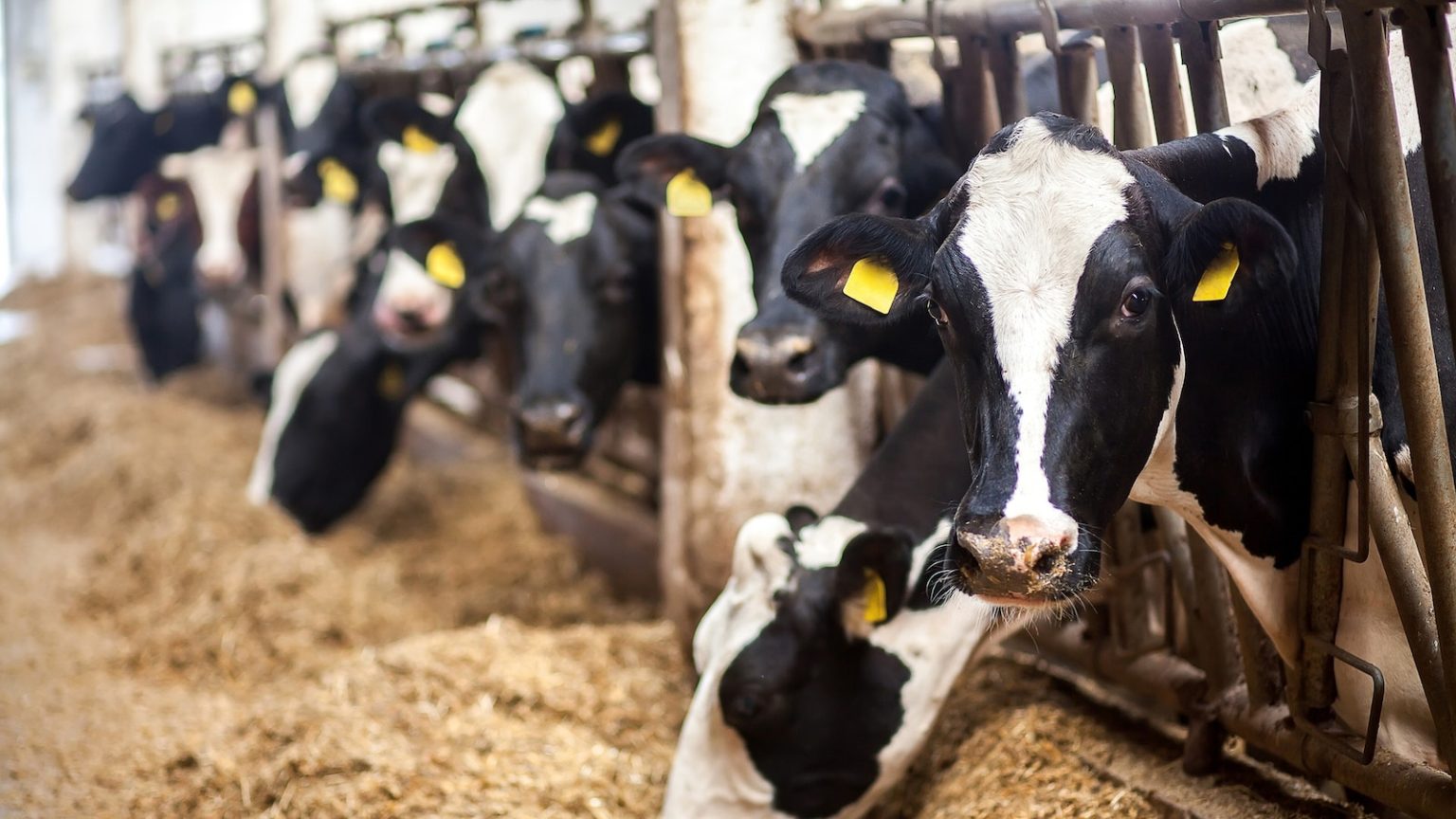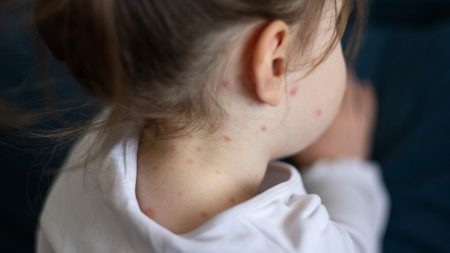The Spread of Bird Flu Across the U.S.
Bird flu, a concern for both animal and human health, is spreading across the U.S., raising alarms among public health officials. The virus, known for its impact on poultry, has now reached dairy cows, marking a significant development. This expansion signifies the potential for the virus to adapt and spread more widely, a worry highlighted by experts.
A New and Concerning Strain Emerges
The emergence of the D1.1 strain in dairy cows is particularly concerning. Previously only detected in wild birds and poultry, its appearance in cows suggests a new pathway for transmission. This strain is linked to severe human cases, including a death in Louisiana and a critical case in British Columbia, where underlying health conditions like asthma and obesity played a role. The severity of these cases underscores the potential risks posed by this strain.
The Risk of Mutations and Adaptations
Each infection in an animal or human provides the virus an opportunity to mutate. These mutations could enhance infectiousness or facilitate human-to-human transmission, a scenario experts describe as having pandemic potential. The virus’s adaptation is a key concern, as migratory birds might now spread the D1.1 strain more effectively, increasing exposure and mutation chances.
The Need for Increased Surveillance
Enhanced surveillance is crucial in managing this threat. Programs like the USDA’s National Milk Testing Strategy have proven effective, as seen in Nevada’s detection of D1.1. However, inconsistent testing across states hampers efforts. Experts emphasize the need for broader, coordinated surveillance to track asymptomatic cases, which can indicate hidden spread and inform public health strategies.
Human Cases and Severity
The first human case in Nevada, a dairy worker, highlights the risk to those in close contact with infected animals. While the CDC notes low public risk and no human-to-human transmission, the severity of D1.1 cases justifies vigilance. Factors like age and pre-existing conditions can exacerbate outcomes, urging cautious monitoring and preparedness.
Preparedness and the Path Forward
In conclusion, while the current risk is low, the situation demands attention. Vigilance and preparedness are key, with experts stressing the importance of surveillance and understanding the virus’s behavior. The focus remains on preventing significant human impact, ensuring that public health systems are adept at handling potential future challenges. By staying informed and proactive, the U.S. can mitigate the bird flu’s risks effectively.















